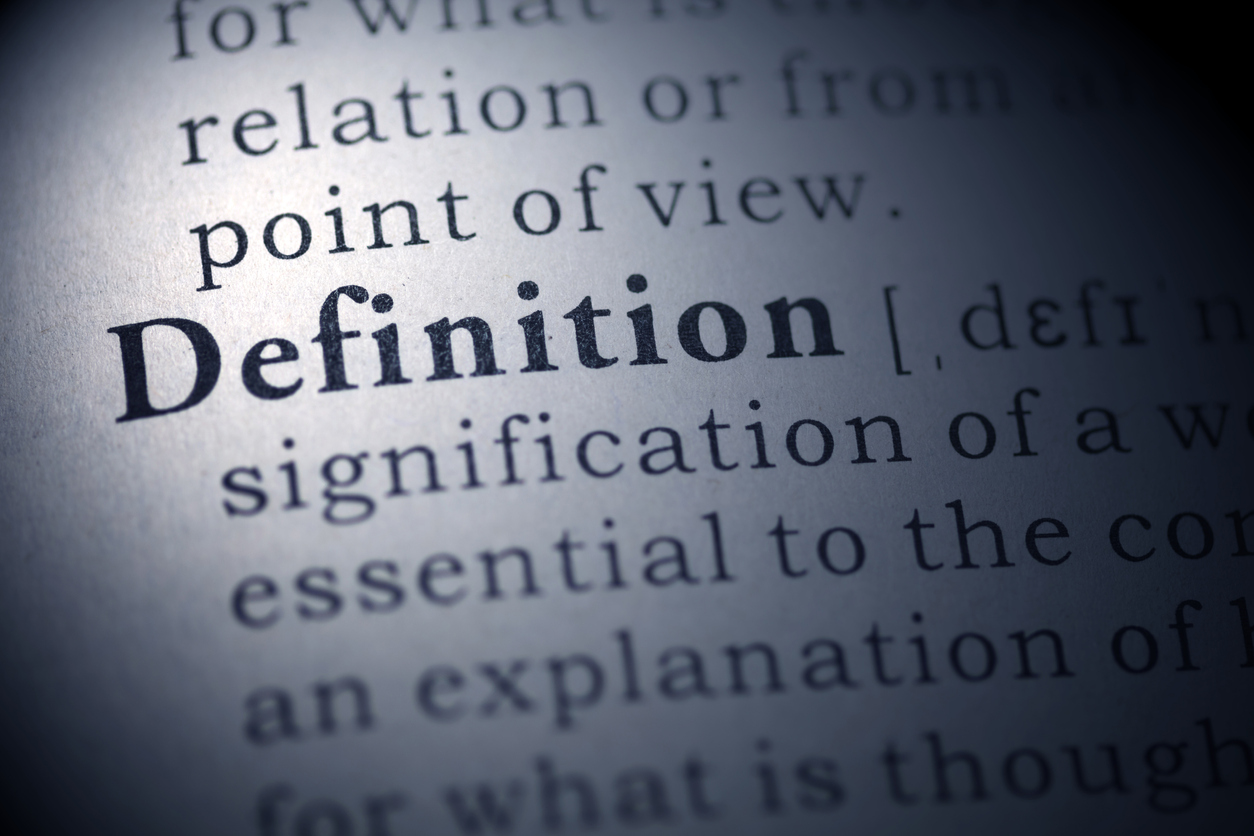Dictionary.com adds new words, TikTok gives new view on layoffs and more
Plus: Why the wage gap isn’t going away.

Dictionary.com has updated the entries for 1,500 words as part of its regular updates.
According to a blog post announcing the changes, only 313 of those are new entries. Those are terms like Latine (another gender-neutral term for a Latin-American person, similar to Latinx), petfluencer (an influencer, but for pets) and rage farming (“the tactic of intentionally provoking political opponents, typically by posting inflammatory content on social media, in order to elicit angry responses and thus high engagement or widespread exposure for the original poster.”).
Another 1,140 words saw revised definitions, while 130 saw new definitions altogether.
Revised definitions come into play when an old word is used in a new way — think of “woke,” long used to describe the process of rousing from sleep, but now used (often pejoratively) to describe liberal beliefs.
“Furthermore, the addition of a word to the dictionary is not an endorsement, but rather a documentation of its use in the real world,” Senior Editor Nick Norlen wrote. “Our mission is to be descriptive—we work to describe and document language as it is really used (not just how we or others may want it to be used).”
Why it matters: There can be a reflexive push in communications against new words. We urge you to avoid that impulse. Language is a fluid and ever-evolving creature, beautiful in its flexibility. The addition of new words is not a sign of the degradation of the English tradition, but rather a sign of its very strength. Remember, after all, that William Shakespeare’s works contain the first known uses of more than 1,700 words, many of which he is believed to invented, which we couldn’t imagine living without today (bedroom, kissing).
Follow the evolution of language with intention. That is to say, neither embrace nor shun a word because it’s new. Use it (or don’t) because it’s the best word to speak to your audience.
TikTok is changing the way we talk about layoffs
Being laid off used to be taboo, almost shameful, something people tended to suffer through quietly until they found their next role.
Now, thanks to TikTok, discussion of layoffs is public, immediate and often scathing.
According to a report in the New York Times, the same creators who once showed off their tech workplace amenities like endless free food and colorful offices on TikTok are now using the same tool to describe their layoffs.
In January, a laid-off creator posted a grim new kind of TikTok: “A Day in My Life Getting Laid Off at Google.” We see her receiving an ominous text from her boss, finding her email locked, trading messages with colleagues and crying. Then she goes to Disneyland and gets a churro. The visual language — food, computer screens, selfies — mirrors the workday clips, only warped and darker.
“I don’t really know what’s next for me,” she says, “but I will be vlogging my journey and posting more content, so feel free to follow along.” Her “A Day in My Life Working from the Google LA office” video, posted earlier that month, featured a speakeasy and arcade games and received fewer than 200,000 views. Her layoff clip got nearly five million.
Why it matters: TikTok played a big role in glamorizing the life of tech workers as they returned to the office after the pandemic. Now they’re showing the downside of that life as the industry corrects from some of its excesses. The immediacy of TikTok in revealing the pain of layoffs (and in some cases showing the casualty cruelty of those actions, with access revoked without warning and mass Zooms delivering the news) could cause recruiting problems down the road.
There’s no easy solve for this for comms pros, other than being aware of how workplaces are used as filming locations, working with HR to monitor the videos and having policies in place to protect proprietary company information following layoffs.
Why the gender pay gap isn’t going away
At the start of Women’s History Month, women are still being paid only $0.82 for every dollar a man is paid. That number has budged a whopping 2 cents in the last 20 years, according to Pew Research.
There is no simple reason for that, though parenthood is one big factor, Pew found. While men and women start their careers about at parity, women tend to either temporarily drop out of the workforce or reduce their hours to have children. Meanwhile, men are more likely to enter the workforce when they become fathers and are even paid a “fatherhood wage premium” that increases the gap.
“Family needs can also influence the types of jobs women and men pursue, contributing to gender segregation across occupations,” said Pew Research. “Differential treatment of women, including gender stereotypes and discrimination, may also play a role. And the gender wage gap varies widely by race and ethnicity.”
Why it matters: This is another huge problem with no easy solution. As women in the workplace advocate for ourselves and our teams (and allied men advocate on their behalf), we should always seek to understand the root causes of the wage gap. Fighting for support for working moms is one key aspect, as is understanding how gender stereotypes and discrimination can play unwitting roles in how we treat and pay women.
This is a long journey, and one that unfortunately has seen little progress in the last 20 years. But we’ll only ever see change if we all work to change what we can.
Biden vows to veto bill that would overturn ESG rules
The first veto of President Joe Biden’s term could involve ESG.
The U.S. Senate voted Wednesday to roll back a rule that allowed fiduciary retirement fund managers to follow ESG guidelines when investing for their clients, CNBC reported.
Democrats say the rule, which went into effect in November, allows (but does not require) managers to look at the big picture, which includes things like the long-term costs of climate change, when making decisions. Republicans say it encourages the managers to put ideology ahead of returns.
Why it matters: Biden has vowed to veto the rollback, meaning it will likely stay in place. Still, this is a larger backlash to the concept of ESG, led by conservatives who see it as part of “woke ideology.”
As communicators know, increasing numbers of consumers, especially young consumers, want companies that align with their values. That often means taking into account things like how the company handles climate change, treats their people and gives back to the community.
While communicators aren’t fiduciaries, we are advocates for our audience. And the bottom line is: listen to your audience. Listen to what they expect and what they want from the companies they patronize. That may mean things that fall into the category of ESG. Continue to communicate that clearly and honestly.
Allison Carter is executive editor of PR Daily. Follow her on Twitter or LinkedIn.








Bullshit! Your using that word can emphasize to a journalist that you are angry perhaps for a damn good reason and not just making an expected denial.
Don’t count too heavily on how you’ll be quoted. Even our former attorney general Bob Barr was recently quoted by some newspapers as having said “bulls – – t.”
On the other hand don’t bet that your spokesperson will be believed just as much by saying: “Not true.” Profanity can be form of verbal italics or boldface.
But not always. If you say of an accuser “f him,” that may be heard as evidence that you have nothing more persuasive to say. You may be much better off to say “ask him whether he’s telling both sides or only one side, telling how he claims the public will benefit but not how too many people will be injured by higher prices many people can’t afford, and often without getting any benefit.”
After THAT there may be no harm in saying bullshit. It may be like the final,
emphatic upsurge in music.